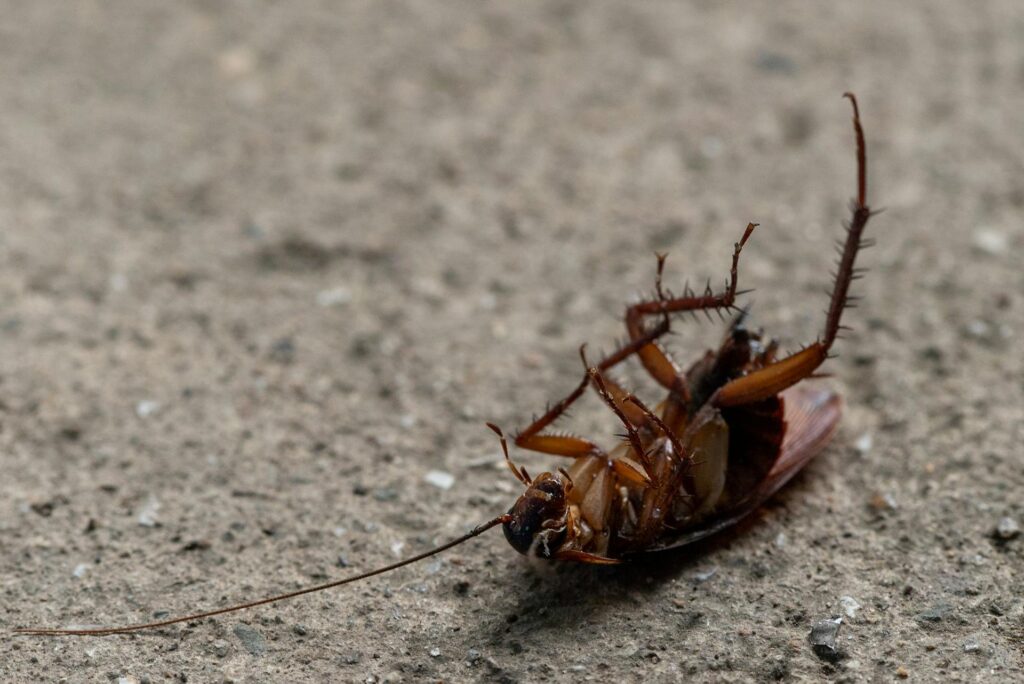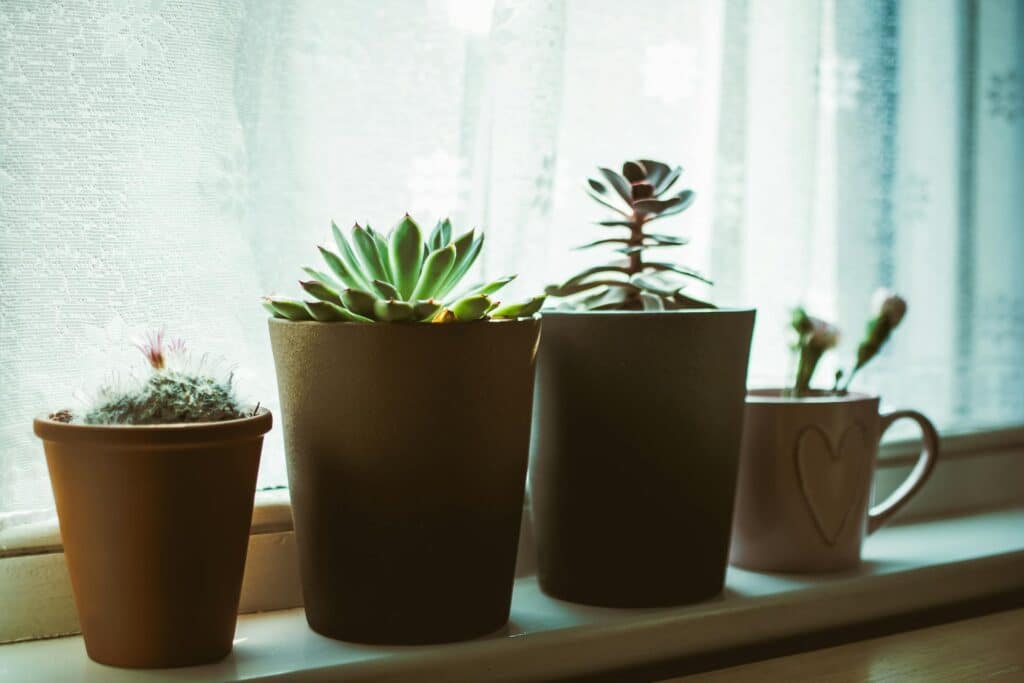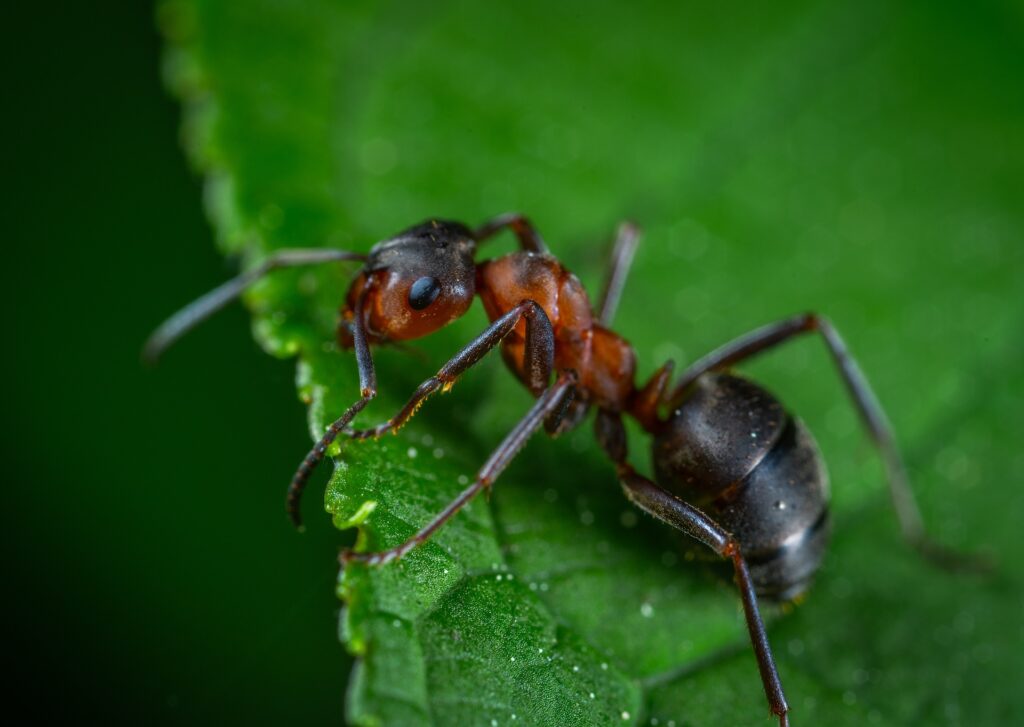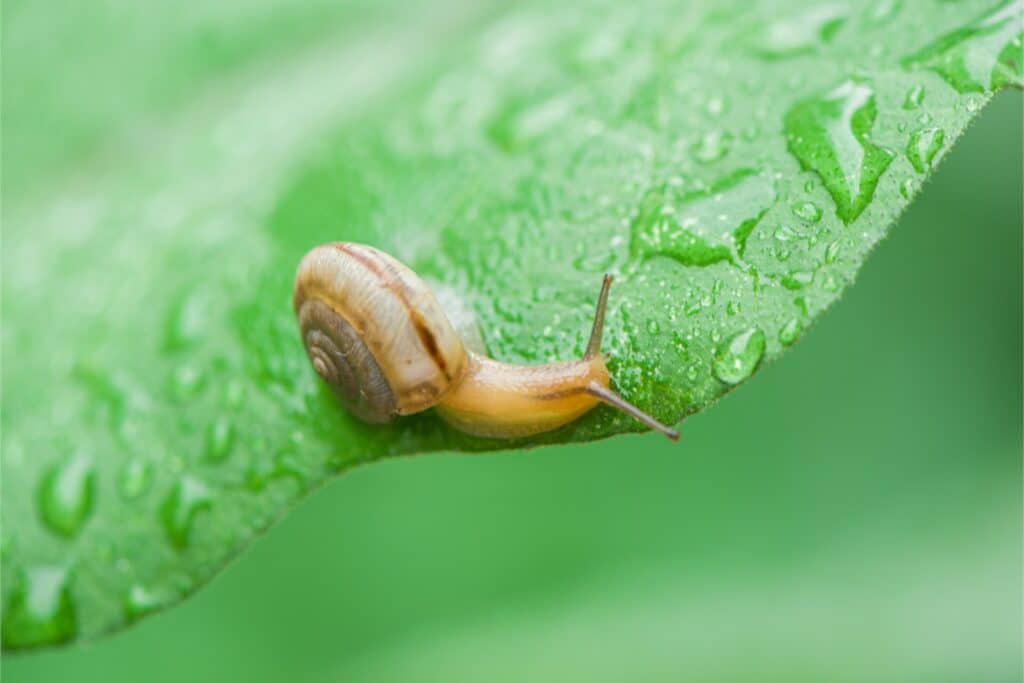Moths may seem harmless, but they can be sneaky little troublemakers in your home. From munching on your favorite clothes to contaminating your food, these pests can create unwanted surprises. This guide will help you identify common types of house moths, understand their impact, and give you practical tips on how to get rid of moths in the house.
What Are Moths?
Moths are common flying insects you might spot around your home, especially at night when lights are on. There are many types of moths, and while some prefer to stay outdoors, others find their way inside, searching for food, warmth, or a cozy spot to lay eggs.
Some moths are active at night (nocturnal), fluttering around lamps or porch lights, while others may surprise you during the day (diurnal).
How Do Moths Impact Your Home Life?
Moths can quickly turn into a household headache, damaging clothes, food, and more. Different types of house moths can sneak in through poorly sealed windows or cracks, sometimes bringing other pests along. Besides the nuisance, they create added costs and stress as they spoil pantry items and ruin fabrics. Keeping them out means fewer hassles and a more comfortable home.
5 Common Types of House Moths
Knowing which types of house moths you’re dealing with helps in managing them effectively. Here’s a quick guide to common moths you may find indoors:
1. Clothes Moths
Clothes moths love natural fibers like wool and silk. It’s their larvae that damage clothing by feeding on fabrics.
2. Pantry Moths
Indian meal moths are a common pantry pest, feeding on grains, cereals, and pet food. They have a two-toned appearance and hide in pantries.
3. Miller Moths
Miller moths are larger moths drawn to light, especially in spring and fall. While harmless, they can be annoying.
4. White-Shouldered House Moths
These types of house moths hide in dark corners, often in closets or attics. A white-shouldered house moths’ larvae can damage fabrics and stored goods.
5. Brown House Moths
A brown house moth’s destructive potential lies in their larvae, which can wreak havoc in your home. During their larval stage, these tiny critters leave behind silk deposits or silken tubes and can be especially troublesome in areas with high humidity.
Here’s the complete identification guide to help you recognize and manage the different types of house moths.
Types of House Moths
Description
Appearance
Preferred Habitat
Damage Caused
Signs of Infestation
Prevention Tips
Moth Damage and Risks
Moths can be more than just a pesky problem in your home; they can threaten your belongings, health, and wallet. Getting a clear view of the potential damage they can cause is key to prevention and management. Let’s take a look!
- Fabric Damage: Clothes moths are infamous for munching on natural fibers like wool, silk, and cotton. Left unchecked, they can create small holes in your favorite clothes and damage upholstery, carpets, and drapery. The cost of replacing high-quality or vintage items can add up quickly!
- Contamination of Food Supplies: Pantry moths contaminate food through their droppings and webbing, making it dangerous to eat. If you spot moths in your pantry, check your food supplies and toss anything that looks compromised.
- Allergen Exposure: Moths can trigger allergic reactions in sensitive individuals. Their body parts, droppings, and saliva may lead to respiratory issues and skin irritations.
4 Ways How to Identify Moths in Your Home
Here’s a straightforward guide to help you spot moth infestations in your home.
1. Examining for Larvae and Eggs
Different types of house moths’ larvae and eggs can be tricky to find. Clothes moths lay eggs on fabrics, while pantry moths do so around food.
To check for them:
- Look in dark, undisturbed spots like closets and drawers.
- Check food containers, especially grains and dried fruits, for any signs of little critters.
- Larvae are often fuzzy and may wiggle about, while eggs are tiny and resemble pinpoints.
Spotting any of these is a clear sign you have a moth issue.
2. Spotting Damage on Fabrics and Food
One of the biggest red flags of a moth problem is damage to your belongings.
For fabrics, check for:
- Small holes in clothing, especially in natural fibers like wool and silk.
- Signs of gnawing on rugs, curtains, and furniture.
For food, watch for:
- Small holes in food packaging, which could mean pantry moths are at work.
- Unusual webs or clumping in your stored foods.
3. Checking for Webbing and Silk Casings
Moth larvae create silk to make webs and casings as they grow. Here’s what to look for:
- Webbing: Fine strands that resemble spider silk can appear in corners or around fabrics and furniture.
- Silk Casings: Look for protective casings made from silk, often found near webs or other signs of larvae.
These signs are common with clothes moths and indicate the extent of the problem.
4. Monitoring Areas with Infestation Potential
Some areas of your home are moth magnets. Keep an eye on:
- Closets and Wardrobes: Dark and humid spots are perfect for moths.
- Pantry and Kitchen: Food attracts pantry moths, so regularly check for holes in bags and clumps in stored items.
- Attics and Basements: These neglected areas can become moth havens if left unchecked.
5 Ways How to Get Rid of Moths in the House
Dealing with moths? No worries! Here are some tips on how to get rid of moths in the house and protect your belongings.
1. Install Physical Barriers
- Screens: Install screens on your windows and doors. This is one of the easiest ways to keep moths out.
- Sealing Entry Points: Check for gaps around doors and windows and seal them up. This stops moths from sneaking in!
2. Store Food Properly
Another effective method on how to get rid of moths in the house is to store grains, cereals, and dried fruits in airtight containers—this keeps pantry pests away from your food.
3. Clean and Vacuum Regularly
Make regular cleaning a habit! Vacuum your floors, carpets, and furniture to remove moths, larvae, and eggs. A clean space is crucial for how to get rid of moths in the house.
4. Use Moth Traps and Repellents
Set up sticky moth traps in your closets and pantry. They’re an effective way to catch moths and monitor your situation. Also, consider using mothballs or other natural repellents like cedar and lavender. These scents are known to deter moths, making them great allies in your quest to keep your home clear from moths.
5. Seek Professional Help
If the problem persists despite your efforts, don’t hesitate to call a pest control expert. They can provide moth control treatments and help you learn how to get rid of moths in the house.
Kick Moths Out of Your House with Aptive!
If you find yourself battling a moth infestation or dealing with other pesky pests, Aptive is here to help! Our friendly professionals are ready to provide professional pest control services to help you regain your space and comfort. Get a quote today and take the first step towards a happier home!
FAQs About House Moths
Q: How do I know if I have a moth infestation?
Look for small holes in your clothes, webbing in corners, or larvae in your food containers. Those are telltale signs!
Q: Are moths harmful to pets?
Not usually! Moths are generally okay around pets, but their larvae can cause stomach upset if eaten.
Q: How long do moths live in the house?
Moths can stick around for a few weeks to several months, depending on their type and your home’s environment.
Q: How often should I check for moths in my home?
Give your home a quick check every few months, especially in closets and pantries, to catch any potential infestations early.
Q: Can I use homemade solutions to repel moths?
Cedar chips, lavender sachets, and essential oils are great natural options which may work to keep moths at bay.








